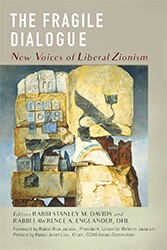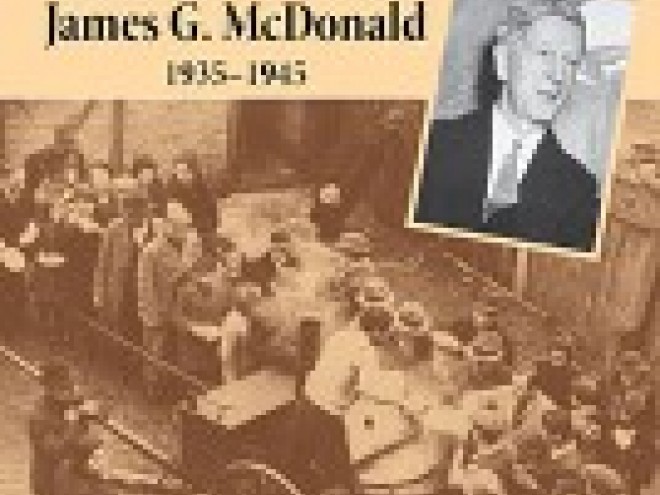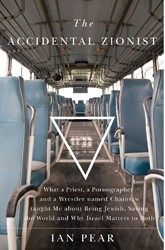Like many baby boomers, my early image of the new State of Israel was shaped by Leon Uris’s bestselling book Exodus. Published in 1958, followed by the film version two years later, Uris’s classic portrays a heroic, unified nation created in the aftermath of the Holocaust. This film, and the victories of the 1956 and 1967 Israeli-Arab wars, unified diaspora Jewry — characterized as “Israelolotry” by political scientist Daniel Elazar.
Fast forward to the present: viewing Israel as the Land of Milk and Honey is more difficult. Israel is a post-Industrial society effectively competing in a global economy with its incubators and thriving high tech and pharmaceutical sectors. Kibbutzim, so iconic in the early years, are a small share of the Israeli economy. It has become more religiously polarized with culture wars between the rapidly growing Haredi population and an increasingly post-Zionist secular population. The conflict with surrounding Arab nations has become more complex after years of terrorism, the ceding of Sinai and Gaza, Israeli governance of Arab towns and villages, and international criticism most apparent in the Boycott, Divestment and Sanctions (BDS) movement and scattered academic boycotts.
At the same time, the American Jewish community has changed, with the sharp growth of a small but vibrant Orthodox population and growing assimilation and alarming rates of intermarriage among the less observant.
In this context, Sasson has produced a slim but comprehensive volume that covers an impressive array of data to answer the book’s central question: Are American Jews distancing themselves from Israel? Sasson points out that American support of Israel is strong but that the structure of that commitment has shifted. Many American Jews continue to support Israel both politically and philanthropically. The number of advocacy groups has increased and participation in major organizations like J Street and AIPAC is robust and growing. At the same time, people’s connection with Israel is more direct: more people visit, communicate with individuals and institutions, and donate money to Israeli organizations rather than through intermediaries. They are also more willing to voice their opinions about internal Israeli policies.
Based on the considerable evidence Sasson reviews, he concludes that “Over the past quarter century, American Jews have increasingly swapped their idealistic conceptions for more realistic and critical perspectives on many aspects of Israeli society and public policy… they have also retained their characteristic level of emotional attachment.” Looking toward the future, he presents a novel assessment of the apparent decline in commitment. Studies have documented weaker ties among the young for several decades, suggesting a trend toward declining interest. Sasson offers a different interpretation: that as American Jews grow older, their attachment to Israel increases. This lifecycle effect suggests continued support. These are heartening conclusions at a time when American support for Israel continues to be critical.
Related Content:
- The Crisis of Zionism by Peter Beinart
- Reading List: Israeli Classics
- New Essays on Zionism by David Hazony, Yoram Hazony, and Michael B. Oren, eds.





